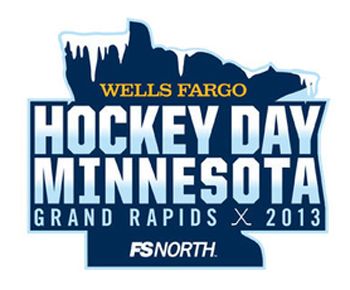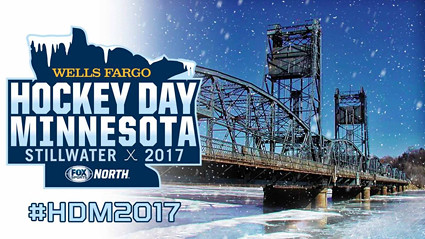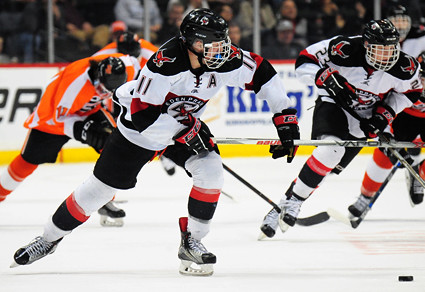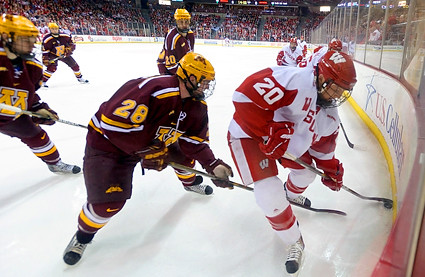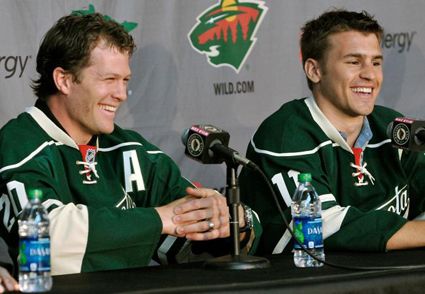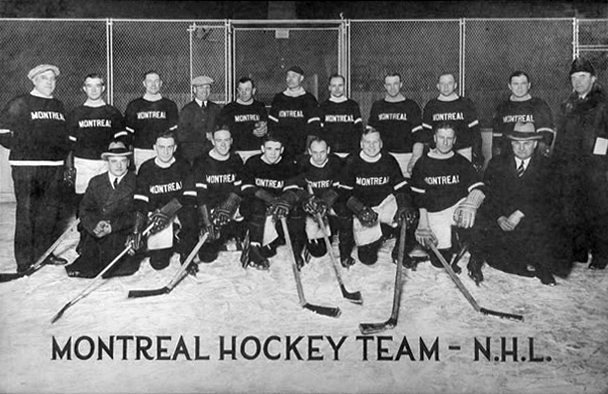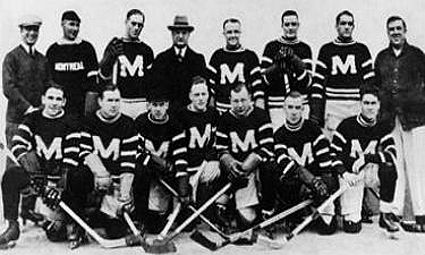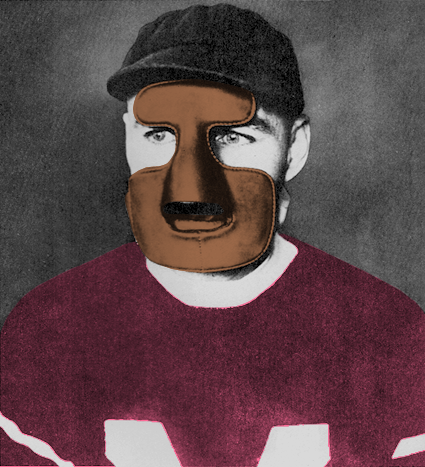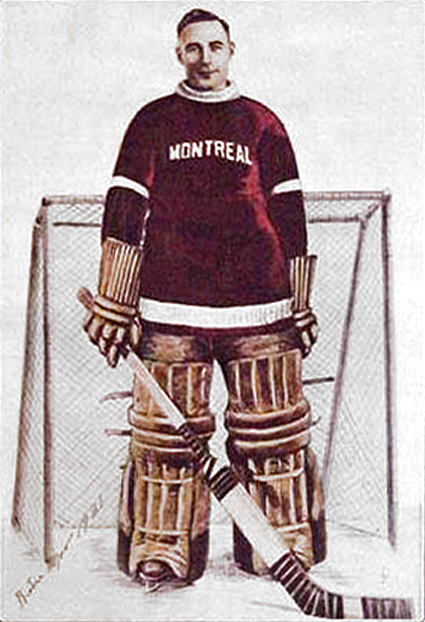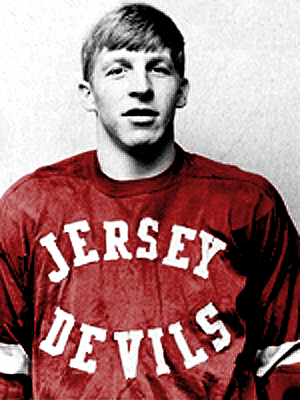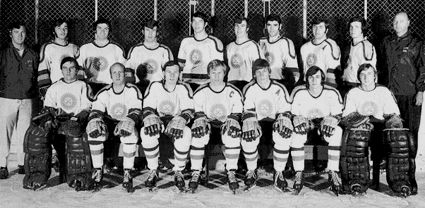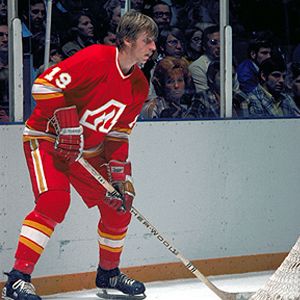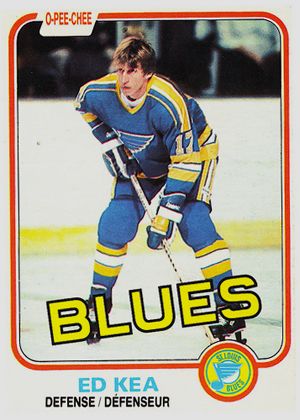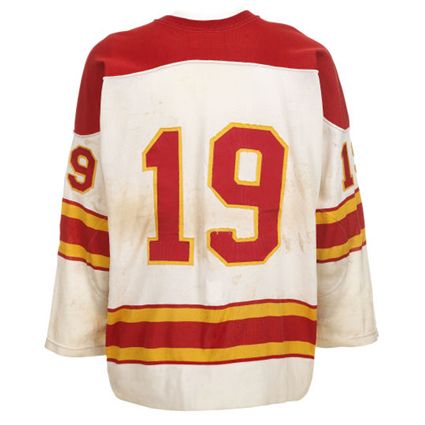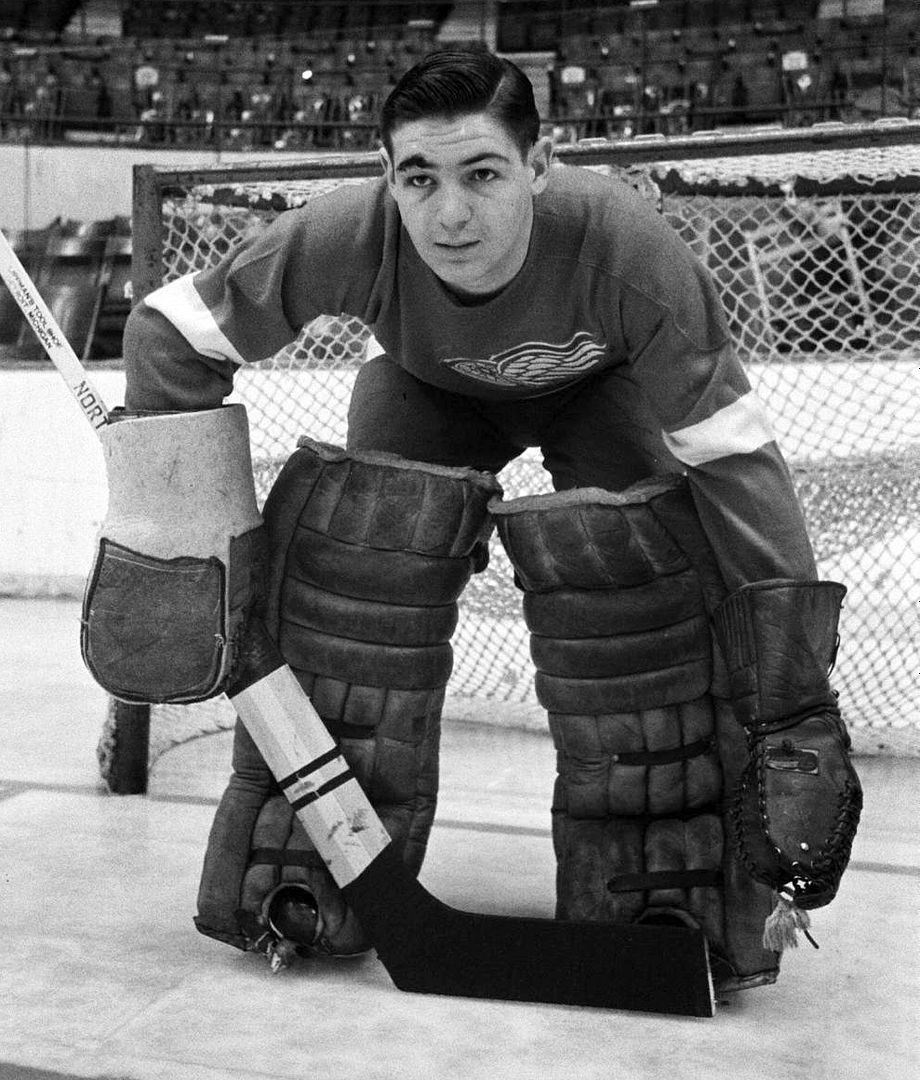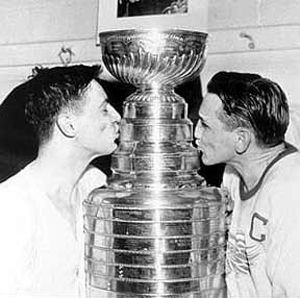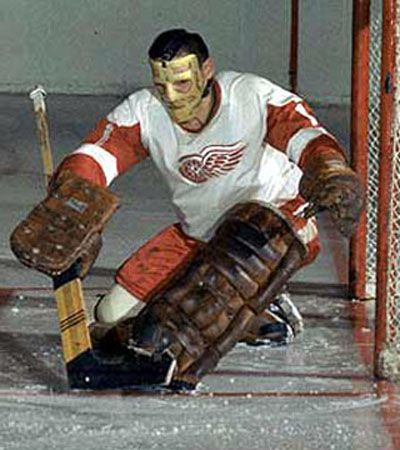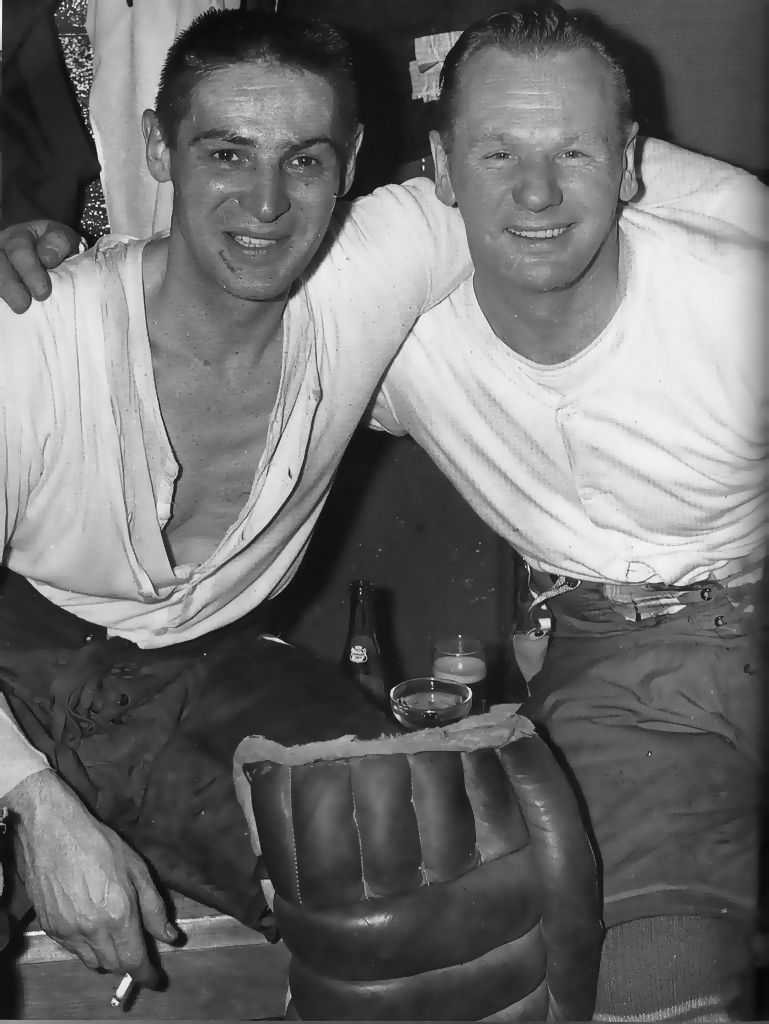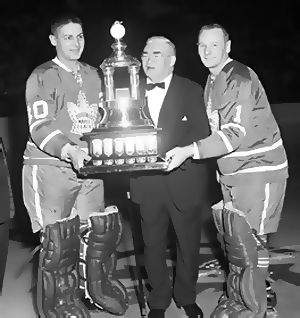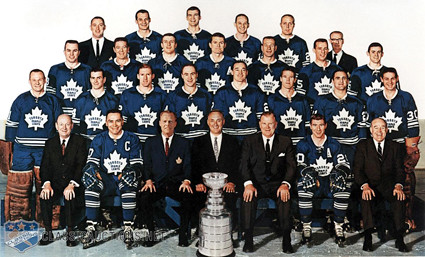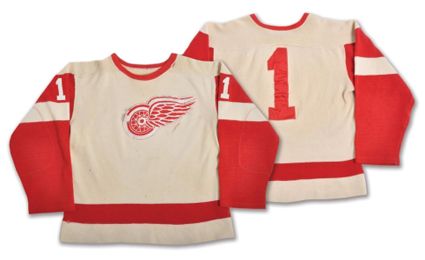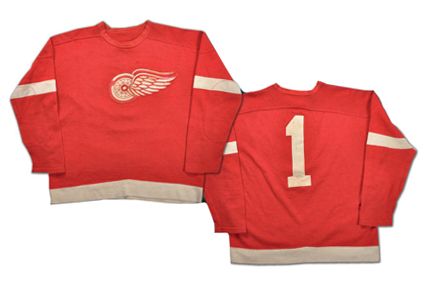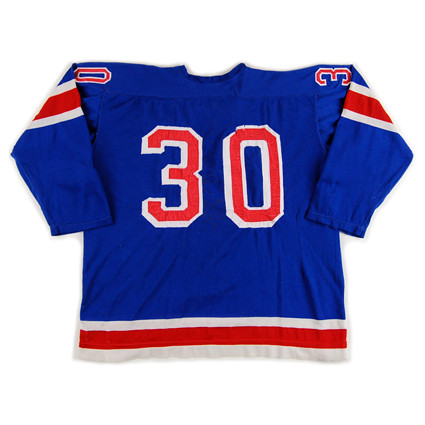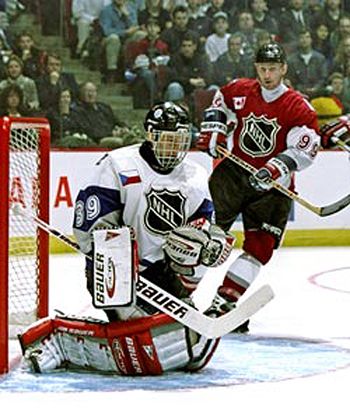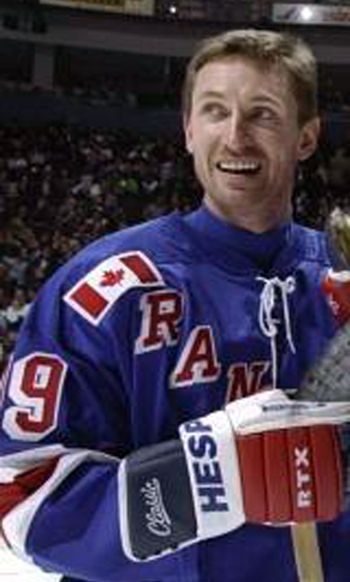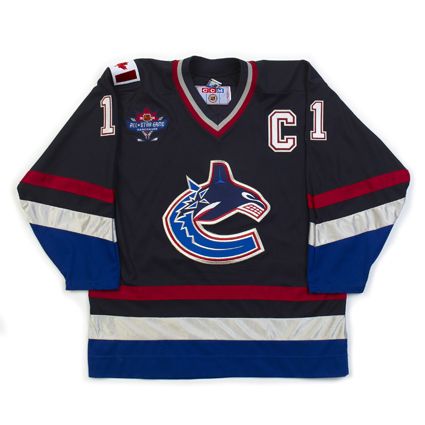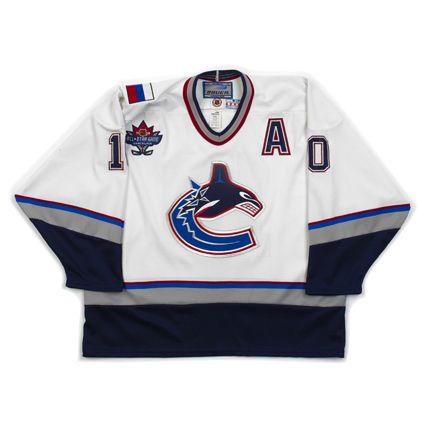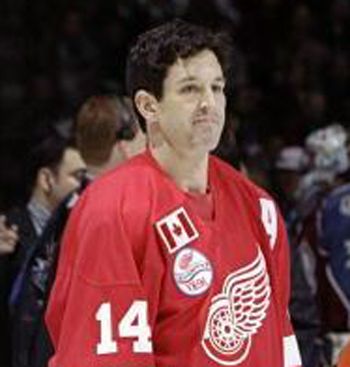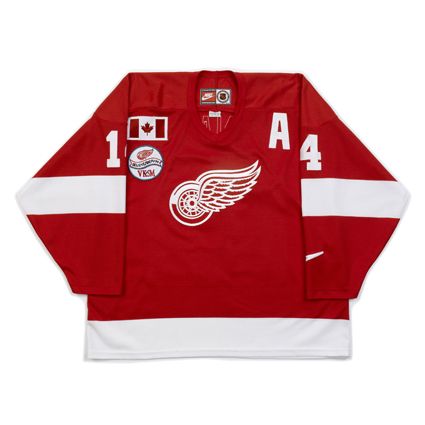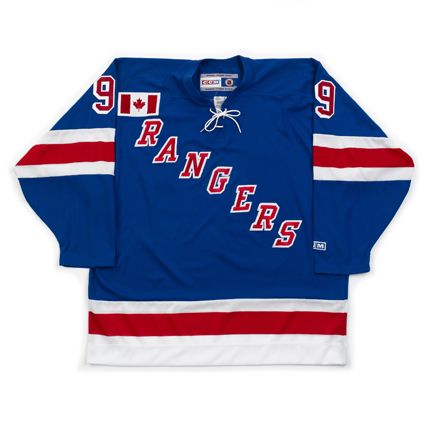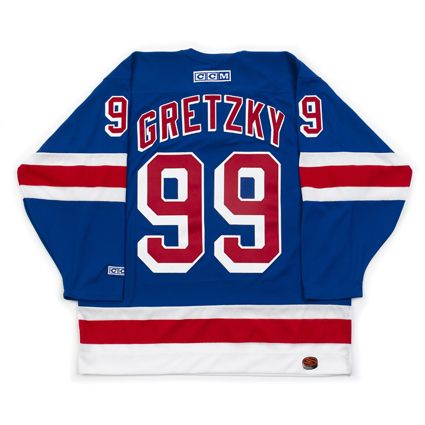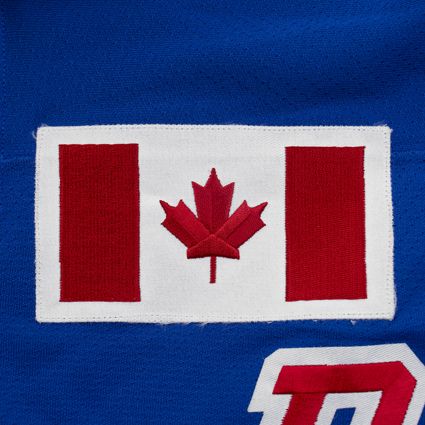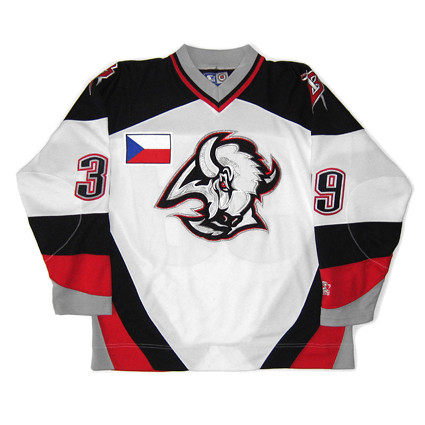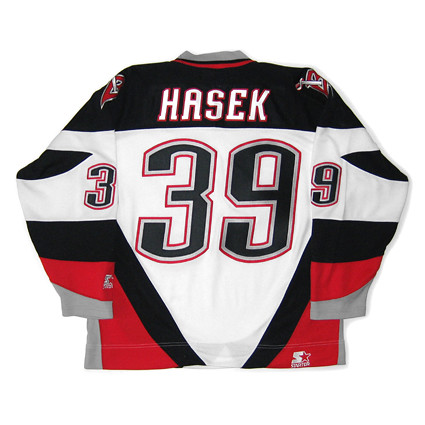Born on this day in Weesp, Netherlands in 1948, the story of Ed Kea is one of triumph and tragedy.
His family emigrated to Ontario, Canada when Ed was four years old and he began to play hockey like many young boys in Canada.
His
first professional club was the Jersey Devils of the Eastern Hockey
League (EHL) in 1969-70 where the defenseman played 52 games, scoring 22
points and accumulating 130 penalty minutes.
The
following season he played 74 games with Jersey, scoring 34 points, and
also played five games with the Seattle Totems of the Western Hockey
League.
For
the 1971-72 season, Kea would head to St. Petersburg, Florida for a
year with the short-lived Suncoast Suns of the EHL. Kea was the Suns
highest scoring defenseman and set career highs with 10 goals and 39
assists for 49 points.
The 1971-72 Suncoast Suns. Kea is third from the right in the front row wearing the assistant captain's "A".
He
moved a step closer to the NHL in 1972-73 when he played for the Omaha
Knights in the Central Hockey League. In 68 games he equalled his career
high ten goals from the year before and contributed six points in 11
playoff games as the Knights won the Adams Cup as league champions.
The
1973-74 season was a memorable one for Kea. He would play seven games
for the Knights and 51 games for the Tulsa Oilers, scoring 23 points,
but the true highlight was making his NHL debut with the Atlanta Flames.
He would see action in just three games that season, but his two
assists would make Kea the first player born in the Netherlands to ever
score a point in the NHL.
Ed Kea, the first Dutchman to ever score a point in the NHL
He
would work to establish himself as a full-time NHL regular the
following season, as he spent 21 games with Omaha but the majority of
the season with 50 games in Atlanta, which included his first NHL goal,
also the first one ever by a player born in the Netherlands.
Kea
would play exclusively in the NHL over the next three seasons with the
Flames, supplying solid defensive work, with a +21 rating in 1976 and a
+25 in 1978, as well as steady offensive contributions with 27, 25 and
26 points.
He
played on more season in Atlanta, although he was limited to 53 games,
but still managed his usual point production with 24. He also appeared
in a pair of games with Tulsa back in the CHL.
Prior
to the 1979-80 season, Kea was traded to the St. Louis Blues, where he
would play three and a half seasons with a +9, +15 and +19 rating to go
along with his 19, 21 and 16 points the first three seasons.
After
46 games in 1982-83, Kea was sitting at just five assists with a -7
rating and was sent down to the Salt Lake Golden Eagles of the CHL,
where during just his ninth game with the Golden Eagles, Kea would
suffer a career ending severe head injury when his bare head struck the
ice face first after a clean check, breaking his nose and knocking him
unconscious. He would require emergency major brain surgery to save his
life two days later to relieve hemorrhaging, swelling and clotting and
was left both mentally and physically disabled after beating 50-50 odds
of surviving the surgery.
Worse
yet, since he was playing in the minor leagues, the NHL benefits for
catastrophic injuries did not apply to his case, and with his inability
to support his wife and four children, times were very hard for the Kea
family.
It was the handling of Kea's case in particular that appalled journalist Russ Conway, which led to him exposing the corruption of Alan Eagleson
and his embezzlement of insurance payments meant for the players he
represented as head of their union which led to Eagleson's conviction of
fraud and embezzlement.
Kea
survived the surgery and underwent therapy and rehabilitation and moved
on to a life beyond hockey, but 16 years later tragedy struck again,
and Kea died in 1999 at the age of just 51 when he drowned in the
swimming pool at his family's summer cottage.
Of note, former NHLers Jeff Bukeboom and Joe Nieuwendyk are Kea's nephews.
Today's featured jersey is a 1973-74 Atlanta Flames Ed Kea jersey
as worn by Kea during his rookie season in the NHL when he became the
first player born in the Netherlands to score a point in the NHL. In his
ten year career, Kea would score 30 goals and 145 assists for 175
points.
The
Flames used the same jersey for each of their eight seasons in Atlanta
and it remained intact after the relocation to Calgary, allowing for the
obvious change in crest from the flaming A to the flaming C, all the
way through the 1994-95 season, a 15 year run for this classic hockey
template.
This jersey was worn without names on the back until 1977-78 when they became mandatory for all NHL jerseys.
Today's
video hunt finds us with nothing but brawls to pick from, as the Flames
apparently never actually scored any goals if we are to believe YouTube.
Note
the Philadelphia Flyers reverse nameplates. They had one set made up
for TV games and wore them on both the white and orange jerseys, a look
they have recently revived.
This next collection of mayhem features the Flames and the Maple Leafs from 1979.

